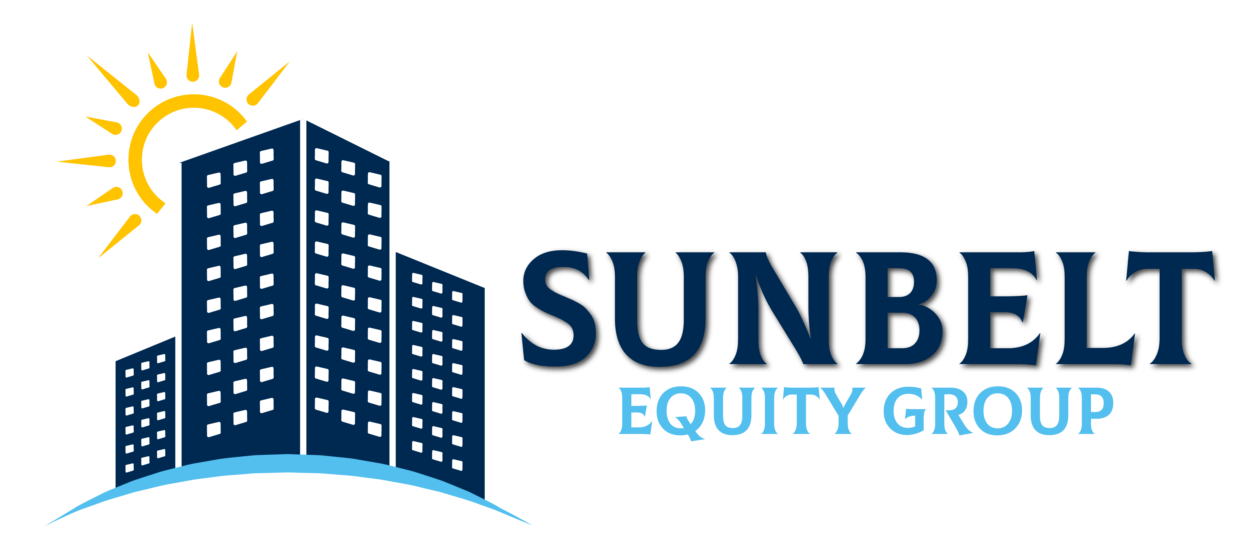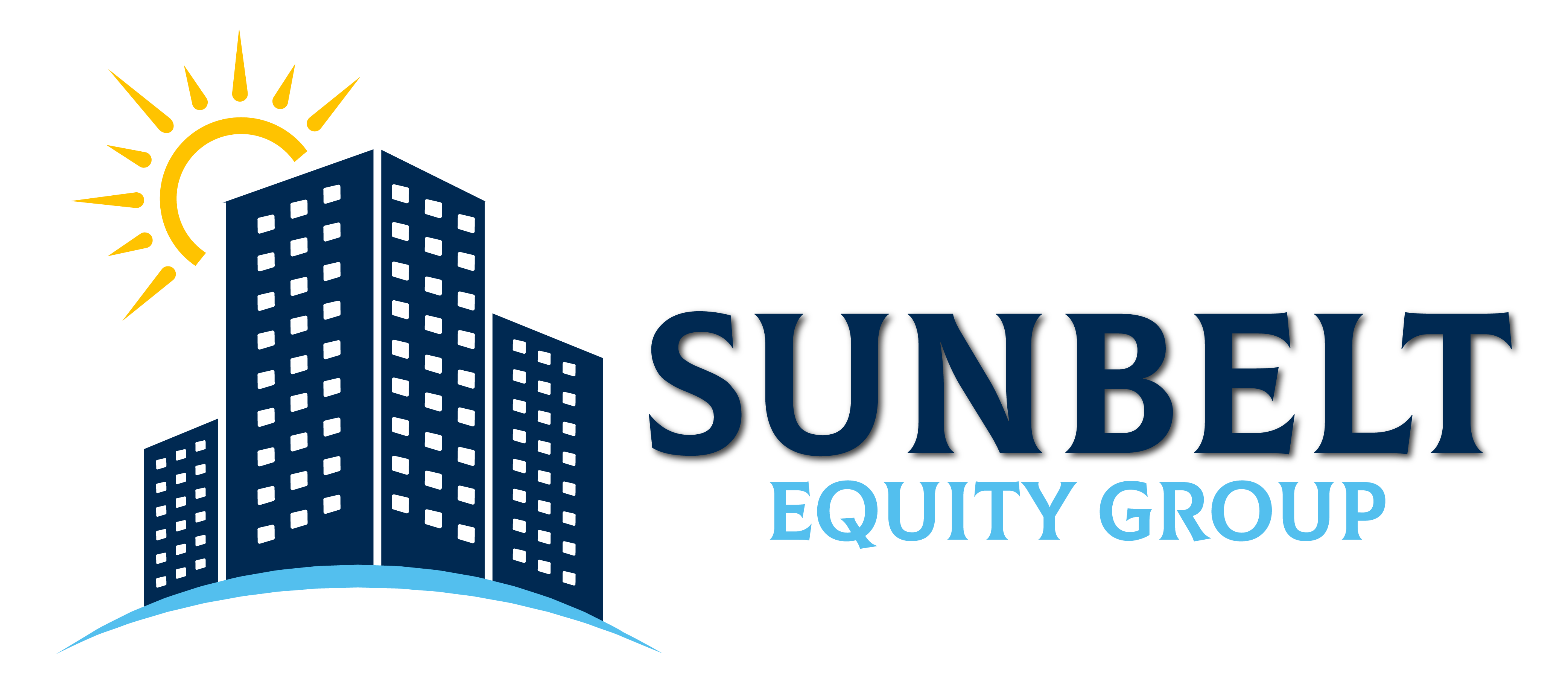Passive investing, characterized by a hands-off approach to managing investments, has gained immense popularity for its simplicity and potential for long-term growth. However, as a passive investor, it’s significant to navigate the complex world of investments successfully, one must ask the right questions and make informed decisions. In this blog, we will explore the crucial questions that passive investors should pose when evaluating investment opportunities. So, let’s dive into the key inquiries every passive investor should consider before taking the plunge into the world of investments.
What is the Investment Strategy?
The investment strategy outlines the approach the sponsor or operator intends to follow with the investment. Passive investors should thoroughly understand this strategy before committing capital. Common multifamily investment strategies include:
- Buy and Hold- This strategy involves acquiring property to hold it for an extended period, generating rental income, and benefiting from long-term appreciation.
- Value-Add- Investors aim to enhance the property’s value through renovations, improvements, or better management practices, ultimately increasing rental income and property worth.
Understanding the investment strategy is crucial to determine if it aligns with your financial goals and risk tolerance. Passive investors should ask about the investment’s objectives, target market, and approach.
What is the Deal Structure?
For passive investors, understanding the deal structure is vital to understanding the investment’s ownership, financing, and distribution of profits. They should also ask about the investment’s debt structure and how it affects the investment’s risk and return. The deal structure contains the terms and conditions of the investment deal. It includes the type of investment, the amount of investment, the expected returns, the duration of the investment, and the exit strategy. Key components of the deal structure include:
- Preferred Return- The minimum return paid to investors before the sponsor receives a share of profits.
- Profit-sharing- How profits are divided between passive investors and the sponsor, often after the preferred return has been met.
- Fees- Any fees associated with the investment, such as management fees, acquisition fees, and disposition fees.
- Waterfall Structure- The order in which profits are distributed among investors and the sponsor, often outlined in the operating agreement.
What is the Minimum Investment Requirement?
As a passive investor, it’s crucial to know the minimum investment amount required to participate in the opportunity. Ensure that this minimum aligns with your financial capabilities and investment goals. Minimum investment amounts can vary significantly from one opportunity to another. They should also ask about the investment’s fee structure and how it affects their returns.
What Are the Potential Investment Risks?
Every investment carries risks, and passive investors must diligently evaluate the potential risks associated with the investment. As a passive investor, you should ask about the potential investment risks to understand the investment’s downside and how it affects its returns. They should also ask about the investment’s risk management plan and how it mitigates the risks. Common multifamily investment risks include:
- Market Risk- Changes in the local multifamily market that affect property values and rental demand.
- Economic Risk- Broader economic factors like recessions that can impact rental income and property values.
- Tenant Risk- Tenant turnover, non-payment of rent, and damage to the property by tenants can be significant risks. A high turnover rate or long vacancies can hurt your cash flow.
- Liquidity Risk- The ease with which you can sell your investment if needed.
What is the Expected Cash Flow?
Passive investors should review the projected cash flow of the investment, including expected rental income and anticipated expenses. Understanding the cash flow helps passive investors assess the potential for regular income distributions and profitability.
What is the Exit Strategy?
The exit strategy significantly impacts passive investors. It defines how and when investors can expect returns on their investments. This could involve selling the property, refinancing, or transitioning to a different investment strategy. Understanding the exit strategy is critical because it affects the timing and magnitude of potential returns. Passive investors should also ask about the investment’s expected holding period and how it affects its liquidity.
How Does the Investment Fit into Your Overall Portfolio?
Passive investors should evaluate how the investment fits into their overall portfolio and financial objectives. Consider factors such as diversification, risk tolerance, and how the investment complements your broader investment strategy.
What Are the Investment’s Tax Implications?
Different investment structures and strategies can have varying tax implications. Passive investors should inquire about the tax consequences of the investment, including potential tax benefits like depreciation and the tax treatment of income and capital gains. It is important for investors to consult with a tax professional to understand the tax implications of their investments.
Conclusion
In the ever-evolving landscape of investments, passive investors hold a unique position—one that allows for potential financial growth without the active management typically required. However, this doesn’t mean that one can afford to be passive in their approach to investment opportunities. As we’ve discussed, understanding the investment strategy, deal structure, minimum investment requirements, potential risks, expected cash flow, exit strategy, portfolio fit, and tax implications are vital components in making prudent investment decisions. By arming yourself with these questions and diligently seeking answers, you can ensure that your passive investments align with your financial goals and risk tolerance. Remember, while the term may be “passive,” the approach should always be proactive and well-informed. Your financial future depends on it.







